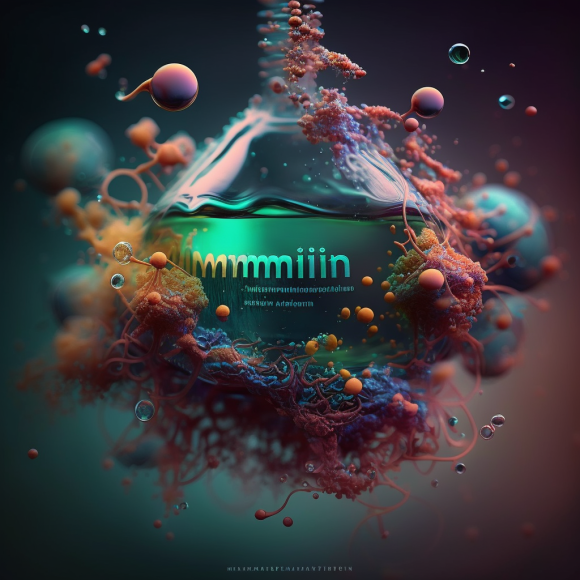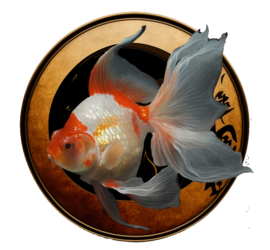
The nitrogen cycle is an essential process that occurs in aquariums and other aquatic systems. It involves the conversion of organic waste into less harmful compounds through the work of beneficial bacteria.
Fish and other aquatic creatures produce waste, such as ammonia, through respiration and digestion. This waste can be toxic to fish and other aquatic life if not properly managed. The first stage of the nitrogen cycle is the conversion of ammonia to nitrite. This is carried out by a type of bacteria called Nitrosomonas, which use the ammonia produced by fish waste as a source of energy and convert it into nitrite.
The second stage of the nitrogen cycle involves the conversion of nitrite to nitrate. This is carried out by a different type of bacteria called Nitrobacter, which use the nitrite produced in the first stage as a source of energy and convert it into nitrate.
Nitrates are less harmful to fish and other aquatic life than ammonia and nitrite. However, they can still be harmful in high concentrations. This is why it’s important to regularly perform partial water changes to remove excess nitrates from the water.
Temperature plays an important role in the nitrogen cycle. Beneficial bacteria grow faster in warmer water, but the risk of ammonia toxicity also increases in warmer water. Ideally, aquarium water should be kept at a consistent temperature between 75-82°F (24-28°C) to promote the growth of beneficial bacteria and minimize the risk of ammonia toxicity.
One way to establish the nitrogen cycle in a new aquarium is through a fishless cycle. This involves adding a source of ammonia, such as fish food or pure ammonia, to the aquarium and allowing the beneficial bacteria to establish themselves without the added stress of fish. The ammonia levels should be monitored using a test kit, and partial water changes may be necessary to keep the levels within a safe range.
Beneficial bacteria are essential to the nitrogen cycle, and they require a suitable environment to thrive. This includes ensuring adequate water flow, providing a media for the bacteria to grow on, and avoiding the use of chemical cleaners that can harm the bacteria.
In conclusion, the nitrogen cycle is a crucial process that occurs in aquariums and other aquatic systems. It helps to convert harmful waste into less harmful compounds through the work of beneficial bacteria. By understanding the nitrogen cycle, including the effects of temperature, and promoting the growth of beneficial bacteria, aquarists can maintain a healthy and thriving aquatic environment for their fish.

Recent Comments